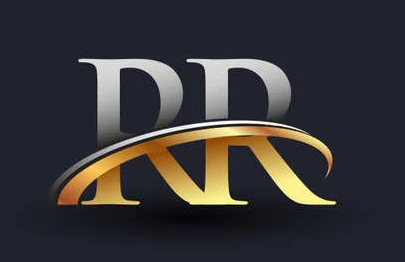Digital electronics is a fascinating field that forms the backbone of modern technology. It deals with circuits that manipulate binary information, using logical gates and other components to process data efficiently. In this comprehensive step-by-step guide, we will delve into the world of digital electronics and explore essential components such as logical gates, half adder, full adder, full subtractor, multiplexer, and demultiplexer, accompanied by visual aids to aid your understanding.
1. Digital Electronics Basics: Binary Notation
Before we dive into specific components, let’s understand the basics of digital electronics. Everything in this realm revolves around binary notation, represented by 0s and 1s. These binary digits, or bits, are the building blocks of information processing.
2. Logical Gates: The Foundation of Digital Circuits
Logical gates are the fundamental components of digital circuits. They process binary inputs and generate binary outputs based on specific logical operations. The basic logical gates include:
- AND Gate: Outputs 1 only if both inputs are 1.
- OR Gate: Outputs 1 if at least one input is 1.
- NOT Gate (Inverter): Outputs the complement of the input.
- NAND Gate: Complementary combination of AND and NOT gates.
- NOR Gate: Complementary combination of OR and NOT gates.
- XOR Gate: Outputs 1 if the number of 1s in the inputs is odd.
3. Half Adder: Adding Single-Bit Numbers
The half adder is the simplest form of a binary adder, adding two single-bit numbers. It has two inputs, A and B, and two outputs: the sum (S) and the carry (C). The truth table for a half adder is as follows:
A | B | S | C
--------------
0 | 0 | 0 | 0
0 | 1 | 1 | 0
1 | 0 | 1 | 0
1 | 1 | 0 | 14. Full Adder: Incorporating Carry Input
To add multi-bit numbers, we need a full adder that considers a carry input from previous additions. A full adder takes three inputs – A, B, and a carry-in (Cin) – and produces two outputs: the sum (S) and a carry-out (Cout). The truth table for a full adder is as follows:
A | B | Cin | S | Cout
-----------------------
0 | 0 | 0 | 0 | 0
0 | 0 | 1 | 1 | 0
0 | 1 | 0 | 1 | 0
0 | 1 | 1 | 0 | 1
1 | 0 | 0 | 1 | 0
1 | 0 | 1 | 0 | 1
1 | 1 | 0 | 0 | 1
1 | 1 | 1 | 1 | 15. Full Subtractor: Subtracting Binary Numbers
A full subtractor performs subtraction of binary numbers and takes three inputs – A, B, and a borrow-in (Bin). It produces two outputs: the difference (D) and a borrow-out (Bout). The truth table for a full subtractor is as follows:
A | B | Bin | D | Bout
-----------------------
0 | 0 | 0 | 0 | 0
0 | 0 | 1 | 1 | 1
0 | 1 | 0 | 1 | 1
0 | 1 | 1 | 0 | 1
1 | 0 | 0 | 1 | 0
1 | 0 | 1 | 0 | 0
1 | 1 | 0 | 0 | 0
1 | 1 | 1 | 1 | 06. Multiplexer: Streamlining Data Selection
A multiplexer (MUX) is a digital component that selects one of many input lines and transmits it to a single output line based on the select inputs. The number of select inputs determines the number of input lines the MUX can handle. A 2-to-1 multiplexer, for example, has two inputs (A and B) and one select input (S). The output (Y) is determined by the value of the select input (S).
7. Demultiplexer: Distributing Data
A demultiplexer (DEMUX) performs the reverse operation of a multiplexer. It takes a single input and routes it to one of several output lines based on the select inputs. A 1-to-2 demultiplexer, for example, has one input (D) and two output lines (Y0 and Y1). The select input (S) determines which output line receives the input data.
Conclusion
Digital electronics is a captivating field with vast applications across various industries. Understanding logical gates, half adders, full adders, full subtractors, multiplexers, and demultiplexers provides the foundation to design complex digital circuits. By mastering these core components, you’ll be equipped to explore more advanced topics in digital electronics and contribute to the ever-evolving world of technology. With images to guide you step-by-step, this guide empowers you to grasp these concepts effectively and embark on exciting electronics projects of your own. Happy learning and exploring the world of digital electronics!
#DigitalElectronics, #LogicalGates, #HalfAdder, #FullAdder, #FullSubtractor, #Multiplexer, #Demultiplexer



